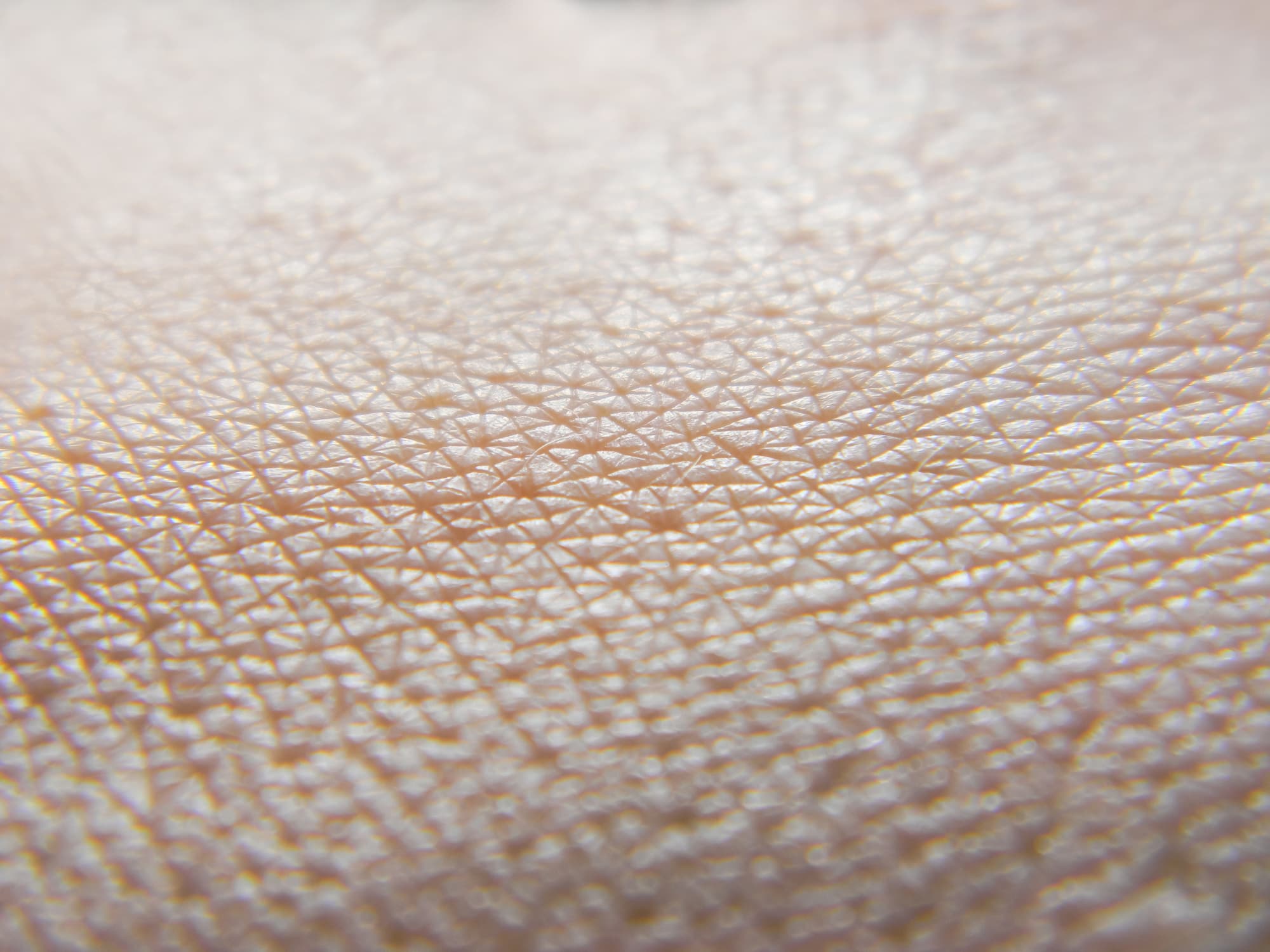Modern consumers crave touchscreens, but the screens' brittle fragility is their downfall. In order for sensors to cover anything larger — like a robot — the technology will need to be cost-effective and flexible. An MIT research team might have found the solution in 3-D printing, according to a study published recently in the journal Advanced Materials Technologies.
The team, led by graduate student Subramanian Sundaram, set out to build a device that would physically respond to mechanical stresses. They were inspired by the golden tortoise beetle, which changes from its typical golden hue and flushes reddish orange when prodded or otherwise mechanically stressed. The team designed the sensors with “pixel” that change color when the sensor is pressed to prove that it is feasible to blend processing circuitry and sensors in printable, flexible electronics.
“In nature, networks of sensors and interconnects are called sensorimotor pathways,” Sundaram said in an MIT press release. “We were trying to see whether we could replicate sensorimotor pathways inside a 3-D-printed object. So we considered the simplest organism we could find.”
Printable electronics aren't exactly new, but existing printable electronics take a plastic substrate and deposit flexible circuitry on it. The team working on this artificial “goldbug” actually printed the substrate itself. Choosing and customizing the substrate means fewer limitations in terms of what can be deposited atop it, in turn increasing the variety of devices this process has the potential to create.
Printable, Sensor-Laden Robot Skin
3-D-printed substrates will also make printable, sensor-laden robot skin possible. Although printed substrates are initially flat sheets as they print out, they can then transform into more intricate, 3-D shapes as they fold themselves up.
For example, researchers at the CSAIL Distributed Robotics Laboratory are developing self-assembling, printable robots. These robots work like the shrinky dinks of the future, going into the oven flat, and coming out folded into shape. This strategy demonstrates the power of 3-D printing an entire component — or robot — rather than simply printing individual parts of it.
“We believe that only if you’re able to print the underlying substrate can you begin to think about printing a more complex shape,” Sundaram says.
Ultimately, the goal would be to use an underlying substrate that was packed with sensors as well as working transistors so that the robot would be able to determine which inputs were important and which were just sensory “noise.” This substrate would be the ideal skin for a robot intended to react to its environment and interact intelligently with people and things around it.
Share This Article
